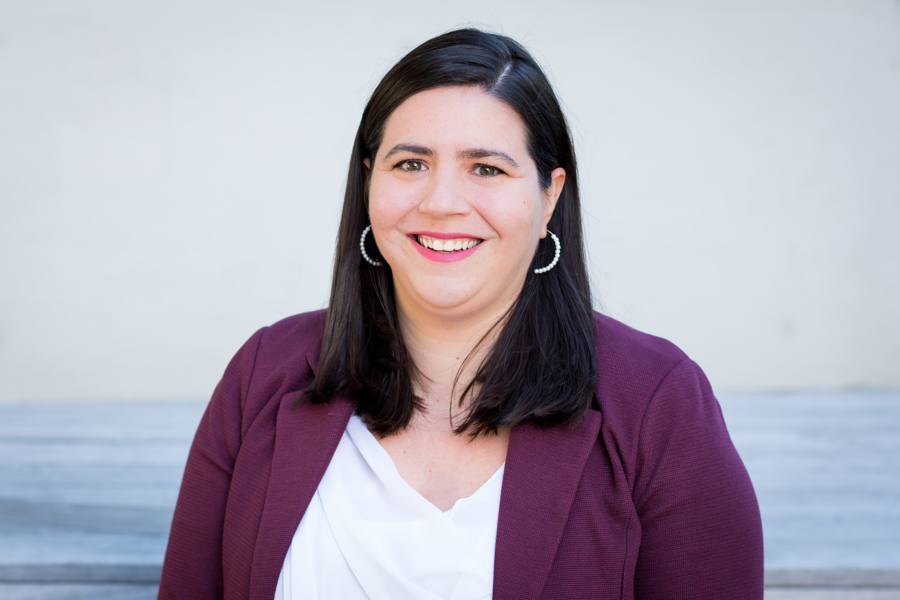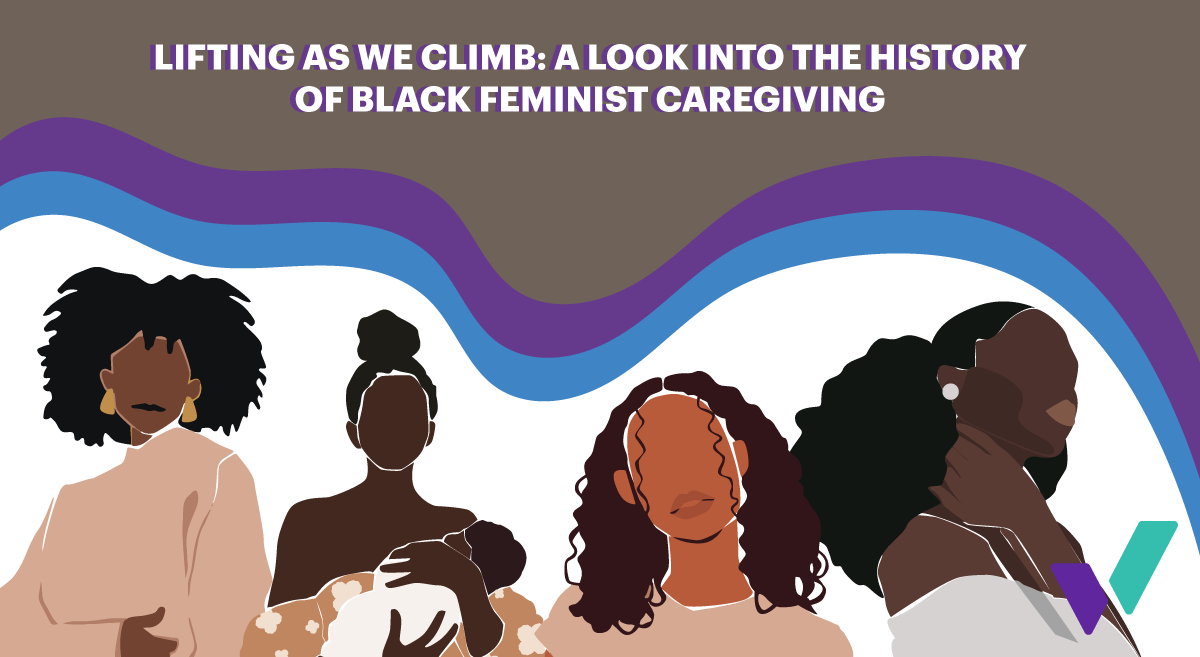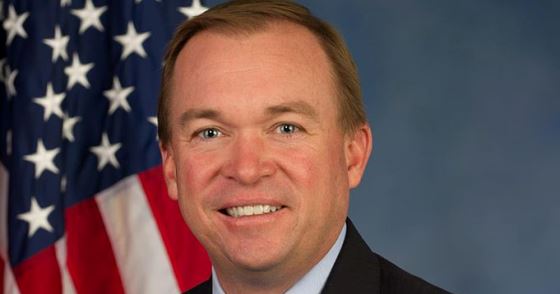Abortion rights, women of color, and LGBTQI+ people are under attack. Pledge to join us in fighting for gender justice.
President Biden Signed Over 50 Executive Actions to Strengthen Our Care System—Let’s Break Down What That Actually Means

In 34 states, parents pay more per year for their infant to attend a child care center than they would pay for annual in-state tuition at a public university.
And that’s just one example from our nation’s deep care crisis.
Last week, however, we witnessed a momentous occasion. Surrounded by care workers and advocates, President Biden signed over fifty (yes, that’s 5-0) executive actions to improve access to child care and long-term aging and disability care.
While the executive actions taken by the Biden-Harris administration won’t solve our ongoing care crisis, we are excited that, finally, there is progress toward what we at the Law Center have always known to be true: that care is the backbone of our economy, and that care workers need and deserve to be justly compensated.
Now, executive “actions” may be a bit of a misnomer, as nothing has been done (just) yet. But here are some of the goals the Biden administration has for our care system, which we hope to see implemented soon:
1. The possibility of better wages and benefits for care workers, particularly for Head Start staff
Justice for care workers is racial justice.
The care workforce is disproportionately made up of women of color who are among the lowest-paid workers in the country, with child care workers making a median wage of just $13.22 an hour, and over 60% of domestic workers less than $15 an hour on average. Couple that with a lack of access to benefits and other supports, and you start to understand why so many of the workers caring for our children, aging adults, and people with disabilities are leaving the profession.
This Executive Order attempts to tackle this in several ways:
- encouraging increased wages for Head Start workers so they are comparable to pay for elementary school teachers
- increasing pay for workers in an on-campus child care center
- adjusting pay for nursing staff in care facilities
- expanding access to health insurance and mental health services for care workers
2. Additional support for family caregivers
According to a 2020 survey, over 50 million people in the United States—nearly two thirds of whom are women—are family caregivers, providing often unpaid care for their children, aging loved ones, or family members with disabilities. And many of them do this on top of their full-time jobs, frequently at great sacrifice to their own physical and mental well-being.
This Executive Order centers their contributions and provides much-needed supports including:
- providing respite care for those caring for loved ones with dementia
- ensuring family caregivers are actively involved in discharge planning including being connected to community-based organizations and resources
- making it easier to access a loved one’s Medicare information
3. More care options and avenues for people to join the care workforce
In 2019, roughly more than 3 in 4 child care and long-term care providers have reported not being able to take in new clients, denying younger children, older Americans, and people with disabilities the care they need.
This Executive Order creates opportunities to boost this workforce by:
- creating opportunities to enter child care and long-term care professions through community colleges, career and technical education, apprenticeships, and job training
- encouraging AmeriCorps members to enter early learning careers to increase the number of new workers
- reducing barriers to increase both child care and long-term care providers in Tribal communities
4. The chance to engage diverse groups of caregivers and recipients of care
Too often, well-meaning policy initiatives exclude those directly impacted from the important work of planning, implementing, and evaluating programs to better serve people.
This Executive Order directs federal agencies to take action, but most importantly, to directly engage with caregivers and recipients of care from diverse communities in planning and execution. This includes ensuring that:
- women with disabilities get the quality care they need
- Tribal governments receive supports that reduce administrative and financial barriers
- rural communities receive tailored support to build their capacity to coordinate and deliver care
- Historically Black Colleges and Universities along with Minority Serving Institutions are centered in efforts to grow the care workforce
Of course, all of these are just directions and recommendations for action from the President.
And critically, some of them won’t be able to be implemented well—or in ways that would actually expand who has access to support—without additional, significant investments from Congress. Let me give you an example. In 2021, the national average price of child care was approximately $10,600 a year.
This Executive Order seeks to provide some monetary relief for families by encouraging states to reduce or eliminate the amount that parents contribute toward the cost of care when they get child care assistance through the federal funding called the Child Care and Development Block Grant (CCDBG) program.
However, because the President doesn’t have the power to give that program any more funding (only Congress can do that!), this change may not lower costs for most families… and in fact, it might mean that fewer families get access to this program at all.
If Congress decides to enact policy solutions and provide additional, significant investments in the care economy, then we might just actually fix this care crisis. (That’s a big deal for a system that has been continuously underfunded, inequitable, and unattainable for decades).
But in the meantime, we will need to keep an eye on the impact of this Executive Order on those most in need, including families with low incomes, women of color with disabilities, and care workers.







